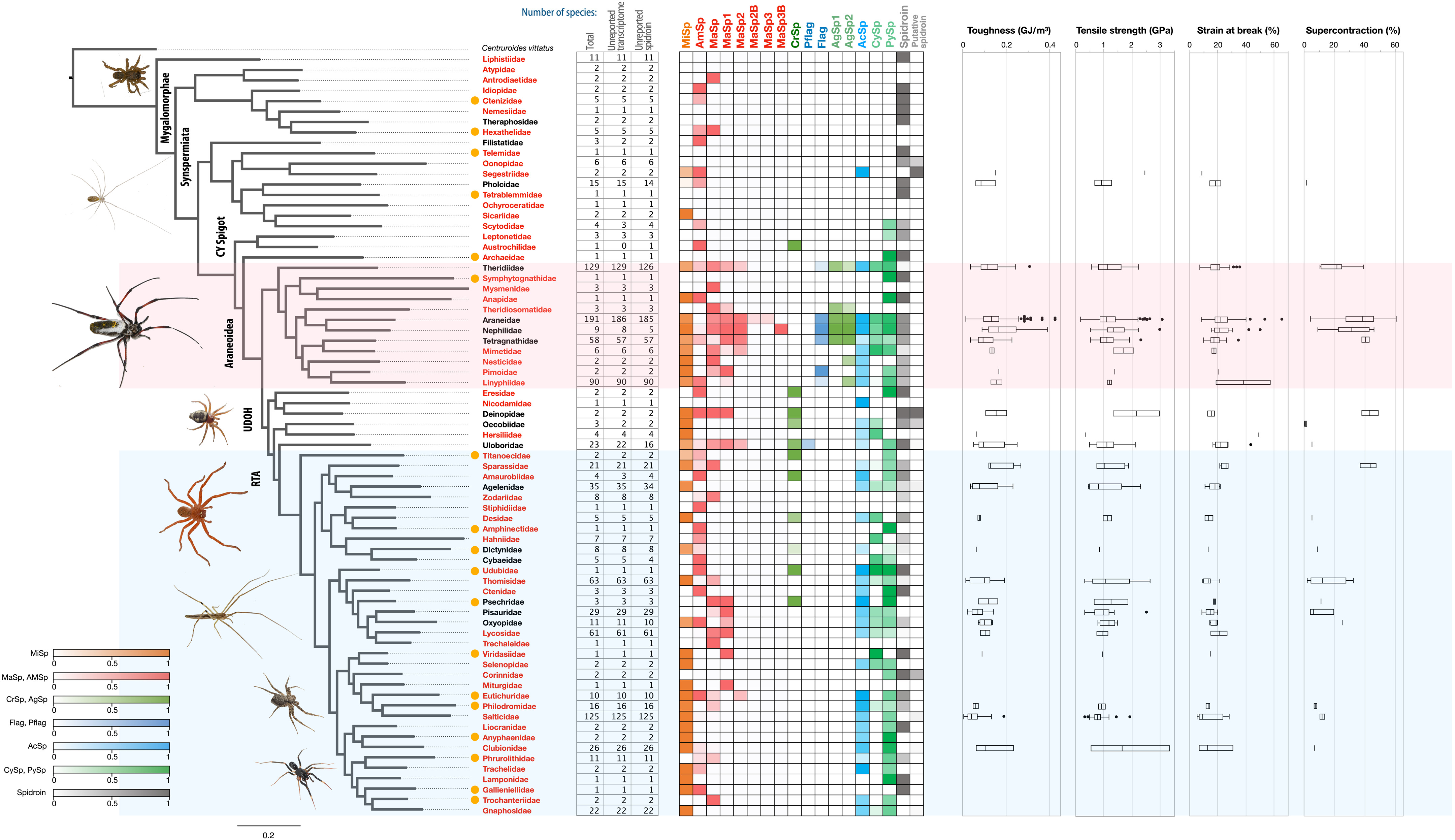DOI:10.1126/sciadv.abo6043
- 1. Institute for Advanced Biosciences, Keio University
- 2. Faculty of Environment and Information Studies
- 3. Graduate School of Media and Governance
- 4. Exploratory Research Center on Life and Living Systems (ExCELLS)
- 5. Biomacromolecules Research Team
- 6. Department of Material Chemistry
- 7. Japan Synchrotron Radiation Research Institute
- 8. Spiber Inc.
- 9. Graduate School of Agricultural and Life Sciences
- 10. Graduate School of Life and Environmental Sciences
- 11. The United Graduate School of Agricultural Sciences
- 12. Kokugakuin Kugayama High School
- 13. Graduate School of Agriculture
- 14. Evolution and Ecology Research Centre
- 15. Department of Civil
- 16. Beijing Advanced Innovation Center for Biomedical Engineering
- 17. Natural Materials Group
- 18. Department of Biomedical Engineering
- 19. School of Biological Sciences, Universiti Sains Malaysia
- 20. Department of Biosciences and Bioengineering
- 21. Center for Nanotechnology
- 22. School of Health Sciences and Technology
- 23. Institute of Biological Sciences
- 24. School of Engineering and Materials Science
- 25. Institute for Frontier Materials
- 26. College of Textile and Clothing Engineering

From “1000 spider silkomes: Linking sequences to silk physical properties” by Kazuharu Arakawa et al.. Licensed under CC BY-NC 4.0.
Abstract
Spider silks are among the toughest known materials and thus provide models for renewable, biodegradable, and sustainable biopolymers. However, the entirety of their diversity still remains elusive, and silks that exceed the performance limits of industrial fibers are constantly being found. We obtained transcriptome assemblies from 1098 species of spiders to comprehensively catalog silk gene sequences and measured the mechanical, thermal, structural, and hydration properties of the dragline silks of 446 species. The combination of these silk protein genotype-phenotype data revealed essential contributions of multicomponent structures with major ampullate spidroin 1 to 3 paralogs in high-performance dragline silks and numerous amino acid motifs contributing to each of the measured properties. We hope that our global sampling, comprehensive testing, integrated analysis, and open data will provide a solid starting point for future biomaterial designs.